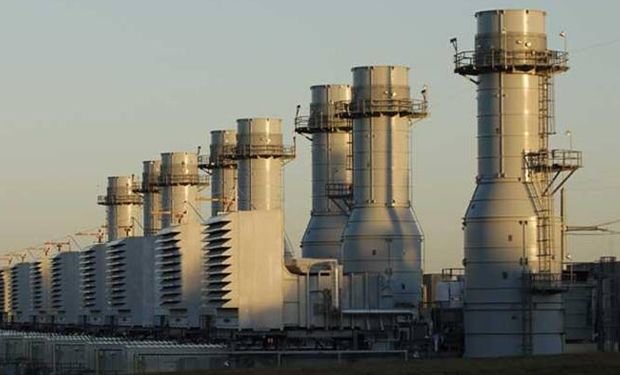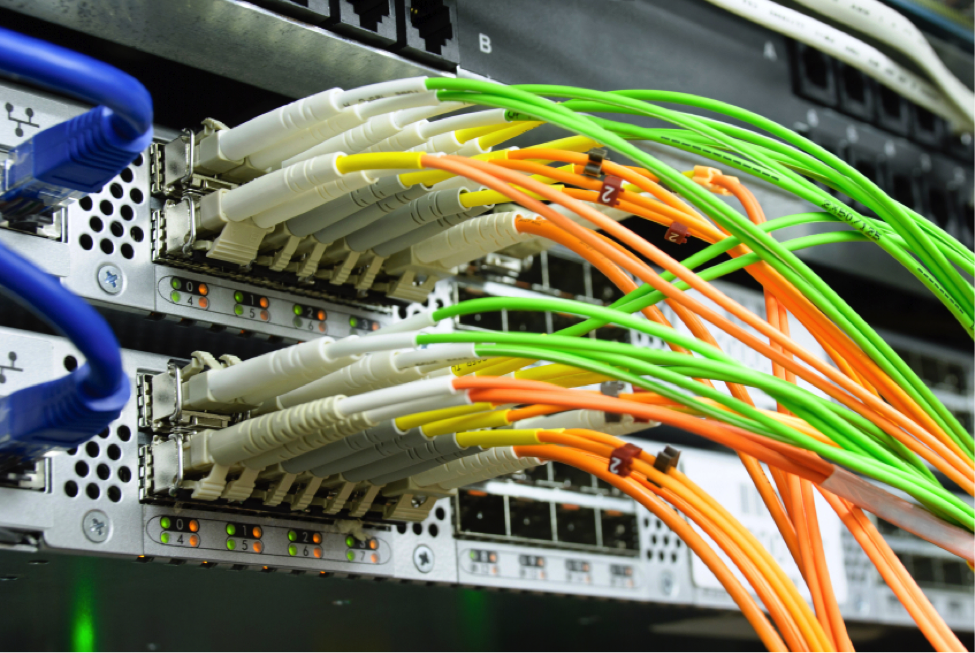Fundamentals of the Electricity Revolution - Part 3: The role of Grid Intelligence
In Part 1 of this series we introduced the concept of a coming revolution in the electricity sector and identified three technologies that will be taking center stage. In this post we take a closer look at the second of these technologies - Grid Intelligence.
Background
Today’s electric grid is one of the most complex systems on the planet. It aims to be the ultimate 'just-in-time' manufacturing and delivery system for the commodity known as electricity.
Image representing the USA's electrical grid distribution. Image
To strive for perfection in such a complex environment undoubtedly requires intelligence. The aim of grid intelligence is to optimise key performance indicators within this environment, namely efficiency, reliability, security, safety and price discovery.
It will achieve these optimisations through an amalgamation of continuously evolving technologies, including advanced metering infrastructure, distribution network automation, virtualisation solutions and machine learning.
Blockchain is also likely to become a critical technology in optimising the grid, by not only removing cumbersome institutional functions but also by enabling markets to actually drive grid responses and behavior autonomously. Because Blockchain is so novel and so potentially game-changing, it will be considered separately in its very own blog post - in the final part of this series.
Electricity Grids in the Pre-Data Era
Before mainstream telecommunications services became digital in the 1990s, the average electrical grid system was heavily reactive. This had it's down sides:
Generation
Utilities would not know about their customers consumption until they visited the site to take a meter reading. This meant that they could not accurately quantify future generation requirements. Without a high degree of certainty on when, where and how much power was required throughout the network, significant levels of spinning reserves always needed to be in play to cater for the 'unknowns'. This is hugely wasteful.
A peaking power plant that provides 'spinning reserves', which means it is running idle waiting to take sudden load from the grid. Image
Faults
Utilities would typically not know about an outage until customers started to report them. Network faults would often need manual intervention, meaning longer down time. For example, a substation would need a manual switch-over to re-route power to a redundant path. With frequent outages of longer duration, the direct loss in revenue for commercial customers was compounded by the utility having to price their own loss of revenue into future tariffs.
Network operations
Without proactive intelligence on when a network asset is being overloaded, network operators were not able to protect their assets in the way that they would like. In this scenario, not only are safety risks escalated, but it led to premature asset aging that impacts balance sheets.
These kinds of features equate to not only poor efficiency, but also sub-optimal safety, reliability and security. All of the costs emanating from these deficiencies were, as always, passed onto the customer in tariffs.
Enablers for Development
Most solutions being developed in the electricity space today entirely rely on technologies that were groundbreaking yesterday. Two examples of these foundation technologies are (i) physical high speed communications infrastructures (both wired and wireless) and (ii) the internet protocol stack.
High-speed fiber optic telecommunications networks - typically carrying internet protocol traffic across the globe. Image
Despite both of these technologies becoming mainstream in the past 20 years, they have already become commodity building blocks for applications like the smart grid, the internet of things and blockchain. They are taken for granted in technology development in much the same way that the cement mix is perhaps taken for granted in construction.
While the internet protocol is ubiquitous for applications like the world wide web and global messaging, it is still not fully adopted in industrial applications. Traditionally, in the grid, a legacy system known as SCADA is still widely used. SCADA stands for Supervisory control and data acquisition which basically means it monitors the network at certain points and offers some level of remote control. Nowadays SCADA is used by network operators to create signals for real-time services such as ramping control, frequency regulation, or voltage support. The signals are provided to market participants, who then bid into the market and provide the services needed to keep the grid running at the right voltage and frequency. SCADA has evolved into a cutting edge system, but there is one major issue moving forwards.
As the grid develops SCADA based systems and IP systems will run in parallel with gateways allowing inter-operation. But as the industrial internet of things develops, a single open source protocol would need to be embraced for overall simplicity. This is likely to be IP simply because of its technological maturity, track record and global, pan-industry ecosystem of development.
Where are we heading?
By taking the physical communications and IP building block technologies, layering intelligent applications over them and installing smart end-point devices, we now have the ability to vastly improve the deficiencies of the traditional grid.
The smart grid we see developing today can be thought of as a communications network of active electrical devices that are able to optimise overall grid KPIs by sharing data and acting intelligently based on that data.
Here are some of the different ways we are seeing this happen:
Smart Meters
Through intelligent analysis of data from all of its customer's smart meters, an electricity retailer can predict with a high degree of certainty, the amount of wholesale electricity it should contract for in the various energy futures markets. This in turn tells large generation companies exactly how much they need to produce and where - on a minute, hour and day basis. This significantly reduces the need for the wasteful online spinning reserves and allows capacity planning to be done more accurately.
A home smart meter. Image
Network Monitoring & Control
By intelligent analysis of data from its network monitoring system, distribution network operators have the ability to detect potential faults based on trends, rather than allowing their assets to be 'cooked' and disrupting thousands of customers. Distribution network operators also analyse data from the energy futures markets to understand where and when capacity is needed and in turn where the network will be loaded. This enables proactive network planning, control and maintenance.
Asset Virtualisation
Independent power plant operators now have the ability to place 'micro assets' across thousands of customer sites and use virtualisation applications to operate them as a single 'power plant'. These assets could be small batteries, rooftop solar PV systems or even electric vehicles that are plugged in. The combined power of these aggregated micro-assets could be equivalent to a traditional power station in terms of scale. The key difference is that the virtual asset is distributed throughout the network, roughly in proportion to where power is needed, so the real flow of electricity is far more efficient.
The inverse way that asset virtualisation can be done is to take a single asset, such as a grid scale energy storage bank and virtually partition it's capacity into segments that provide different services. This virtual partitioning could allow a portion of an energy storage system's capacity to be reserved for providing frequency regulation services, while another portion of the capacity is used to shift energy over time. This offers flexibility, more efficient use of resources and provides multiple revenue streams to the asset owner.
As machine learning capabilities evolve and the internet of things develops, these areas of grid development will enhance to grid KPIs and provide the foundations for smart cities.
Summary
The concept of grid intelligence encapsulates a vast array of technologies, applications and areas of business and can be looked at from an almost infinite number of angles.
This overview has described the top down macro issues that grid intelligence can solve and some of the key network-based solutions that will drive performance and allow the grid to become the basis for the emerging internet of things.
In the final part of this series, we will look at the potentially far-reaching role of blockchain in this electricity revolution. Stay tuned.
This blog was originally posted on the Rynergy Website.




@originalworks
Thank you rynergy for making a transfer to me for an upvote of 1.20% on this post!
Half of your bid goes to @budgets which funds growth projects for Steem like our top 25 posts on Steem!
The other half helps holders of Steem power earn about 60% APR on a delegation to me!
For help, will you please visit https://jerrybanfield.com/contact/ because I check my discord server daily?
To learn more about Steem, will you please use http://steem.guide/ because this URL forwards to my most recently updated complete Steem tutorial?
Thanks Jerry. Very useful stuff.
This is insane